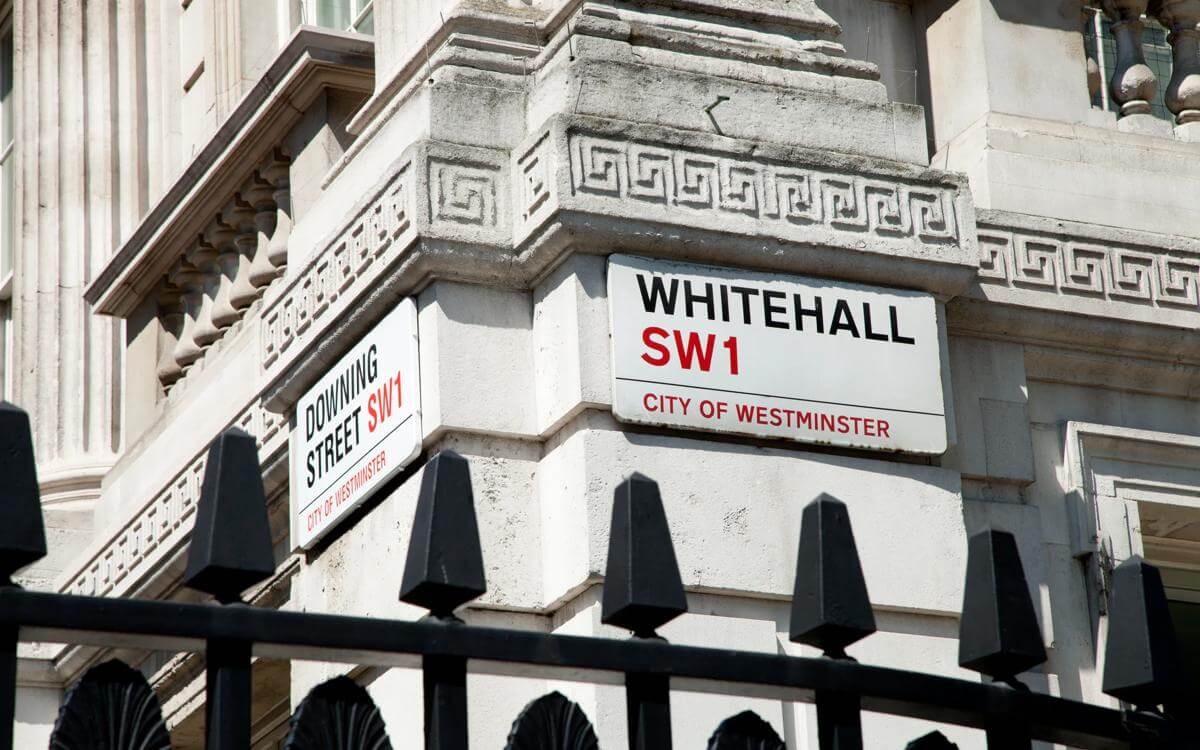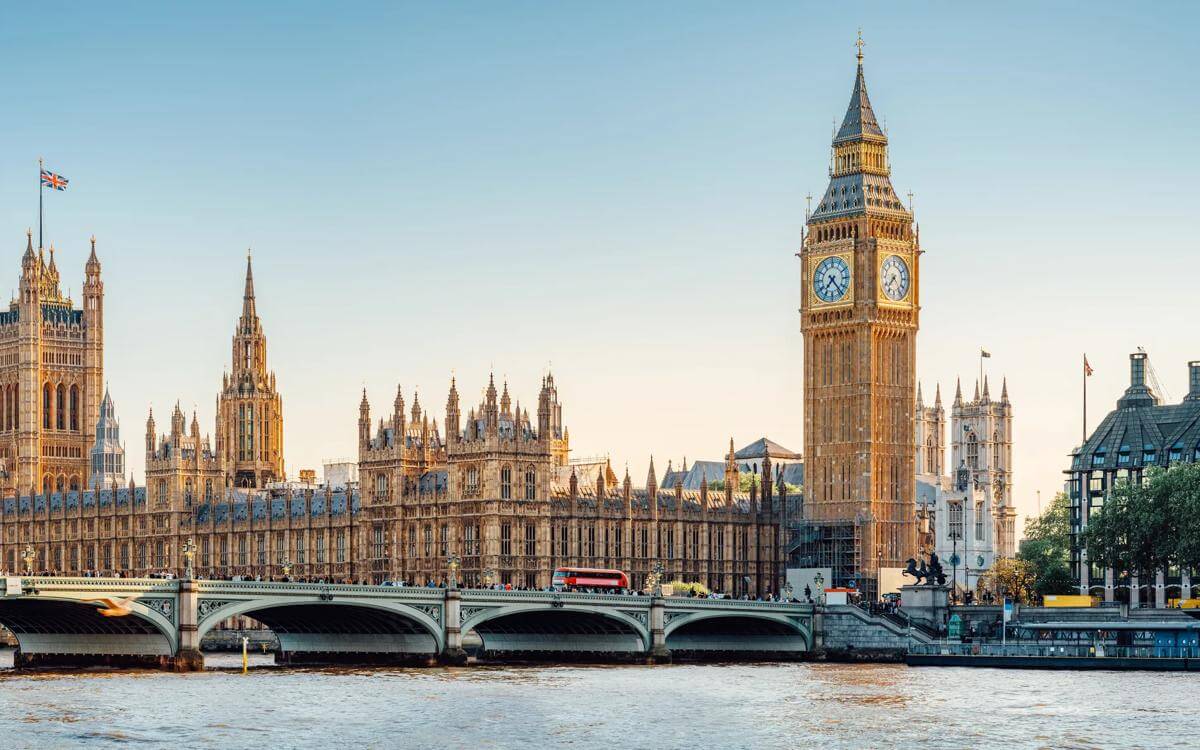Consultation on new UK subsidy control regime
It is vitally important that public bodies make use of this opportunity to have their views heard and to shape the future of the new subsidy control regime.
This article is taken from February's public matters newsletter. Click here to view more articles from this issue.
On the 3 February 2021 the Department for Business, Energy & Industrial Strategy published its consultation for the UK’s new subsidy control regime following the UK’s departure from the European Union and the end of the Brexit transition period. The consultation remains open for submissions until 31 March 2021, and seeks views on how the UK’s domestic rules for subsidy control should be designed.
A copy of the consultation paper can be found here.
The Government’s objectives behind the proposals are to deliver a new regime that:
- Facilitates interventions to deliver on the UK’s strategic interests;
- Maintains and protects the UK’s competitive and dynamic market economy;
- Protects the strength of the UK internal market, whilst taking into account the separate economic needs of the UK’s individual nations;
- Ensures the UK acts as a responsible trade partner, in compliance with international commitments and trade agreements, such as the UK-EU Trade and Co-operation Agreement (UK-EU TCA) and WTO rules.
Some key elements and proposed reforms from the consultation are considered below:
Subsidy Control Principles
These are a set of high-level principles which are applicable to the evaluation of all subsidies prior to award by UK public bodies. Six of the principles contained within the consultation derive from the terms agreed as part of the UK-EU TCA, meaning they will need to be reflected in any future UK subsidy control regime. However, the consultation also requests views on whether further principles should be incorporated into the new regime and what guidance should be produced to assist public authorities apply the principle. A seventh principle not contained within the UK-EU TCA is also proposed and subject to the consultation. This additional principle is specifically focussed on minimising distortion of the UK’s internal market.
Competition Impact Reviews
In relation to the additional principle discussed above, the Government is seeking views on whether to include an additional process which specifies how subsidies which are considered to be ‘high-risk’ because they have a greater potential to distort competition within the UK’s internal market if awarded should be evaluated. Legislation may be introduced requiring public authorities to carry out a more detailed review of the measure’s effects on competition prior to award. Supplementary guidance could be produced to indicate what additional factors a public authority has to give express consideration to as part of its decision-making process prior to award. There is also the prospect that public authorities could seek advice from an oversight body (discussed below) where a high-risk subsidy is being considered.
The criteria for a ‘high risk’ subsidy is still to be determined, but it is suggested that a subsidy could be deemed high risk because of its value, the sector(s) in which it is being made, or if the recipient holds a significant share of the market. It is also worth noting that the consultation will consider whether such competition impact reviews will be made public.
The Government is also mooting a requirement for public authorities to publish ‘competition impact reviews’ setting out their analysis of the extent to which a proposed subsidy may impact domestic competition and international trade. While transparency is generally to be welcomed this has the potential to encourage a more conservative approach, potentially proving more restrictive and burdensome than the prior European state aid regime.
Presumption of compliance and lower risk subsidies
Under the EU regime, where a subsidy does not fall within the remit of one of the prescribed exemptions, notification has to be made to the EU Commission for approval. Now that the UK has left the European Union and notification is no longer required, the Government is considering options to enable ‘lower risk’ subsidies to be granted with legal certainty for public authorities and with minimum bureaucracy.
Consequently, the consultation proposes a ‘presumption of compliance’ that will apply to the vast majority of subsidies, meaning all such subsidies will be considered to have been made lawfully unless expressly challenged.
Alternatively, certain categories of subsidies could be prescribed by legislation as ‘low-risk’ meaning public authorities can have confidence that their subsidies are legally compliant from the outset. The precise criteria for what amounts to a low risk subsidy is to be determined, but the suggestion is that it would include those subsidies which are unlikely to have a material impact on trade or significantly distort the UK single market.
There is also a reference to defining certain types of subsidy which are deemed to comply with the principles and international obligations. This sounds very much like the EU’s block exemptions.
Independent oversight body and its role
In line with UK-EU TCA, an independent body for subsidy control is to be established. It is proposed that the body’s role will involve offering limited advice and support to private and public bodies (through both direct queries and published guidance), whilst also having general oversight of UK subsidy control through an ongoing evaluation of the system and post-award reviews where complaints are raised. The Government is also seeking views on whether the independent oversight body should be granted any enforcement powers in relation to certain elements of the regime, so that action can be taken where reviews conclude that a subsidy has been improperly awarded.
Nevertheless, the Government does not intend for the independent oversight body to create unnecessary burdens or otherwise hinder the ability of public authorities to provide subsidies.
Enforcement
Decisions by a public authority to award a subsidy will be open to challenge by way of judicial review for breach of statutory duty or on the basis of other public law principles. It may also be possible for enforcement action to be taken by the independent body.
Expansion of the remedies available in judicial review to include a right for the court to order recovery of unlawful subsidies is proposed. However, recovery would only be available as a remedy if the judicial review proceedings were brought within one month from the date the award was publicly notified. Outside of these time limits, recovery would not be available as a remedy, but the subsidy could still be challenged and other remedies granted.
Views are sought on the implementation of the recovery power – for example, a voluntary standstill period for high risk subsidies which, following its expiry, recovery is no longer available as a remedy.
Depending on the enforcement powers granted to the independent body, judicial review may remain the primary route of enforcement through the courts. As is the case for judicial review more generally challenges would largely have to be brought on the public law grounds of illegality or irrationality, meaning scrutiny will be on the processes and procedures undertaken by public authorities rather than the merits of the decision to award the subsidy.
It is vitally important that public bodies make use of this opportunity to have their views heard and to shape the future of the new subsidy control regime. The EU state aid rules were often criticised for putting too much ‘red tape’ in the way of public bodies spending public money, but they had the benefit of certainty for the parties that if properly advised, a grant which had been made would be unlikely to be successful challenged. Any new regime will need to be able to balance the need for certainty with the desire to offer greater freedoms and flexibilities.
We will certainly be responding to the consultation as this is a unique opportunity to shape the new subsidy control regime in the UK.
For more information please contact Angelica Hymers or Alex Kynoch.
Contact

Angelica Hymers
Principal Associate
angelica.hymers@brownejacobson.com
+44 (0)115 976 6092








































